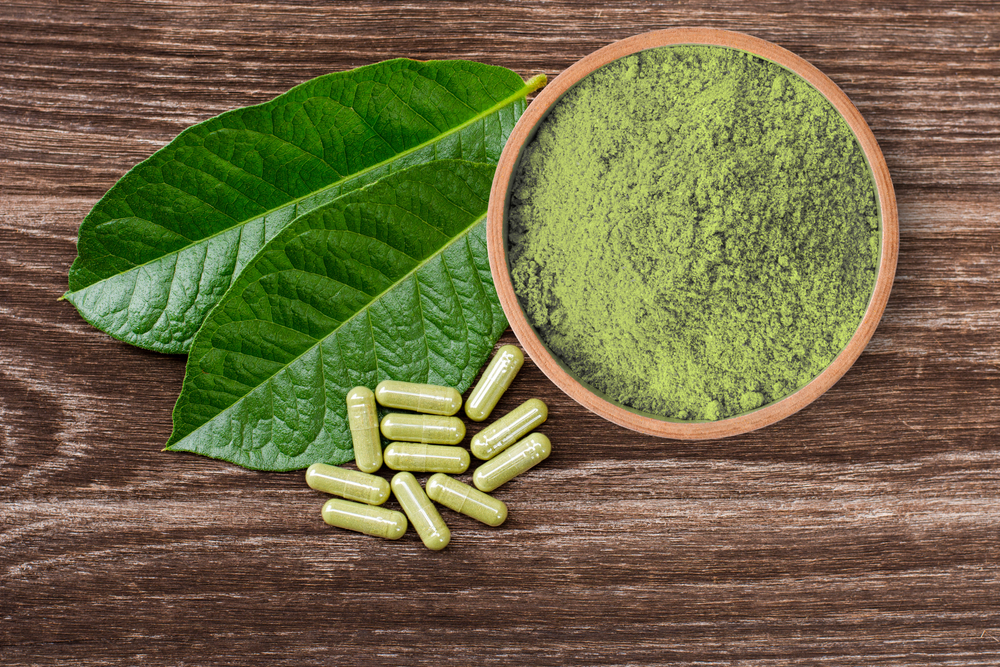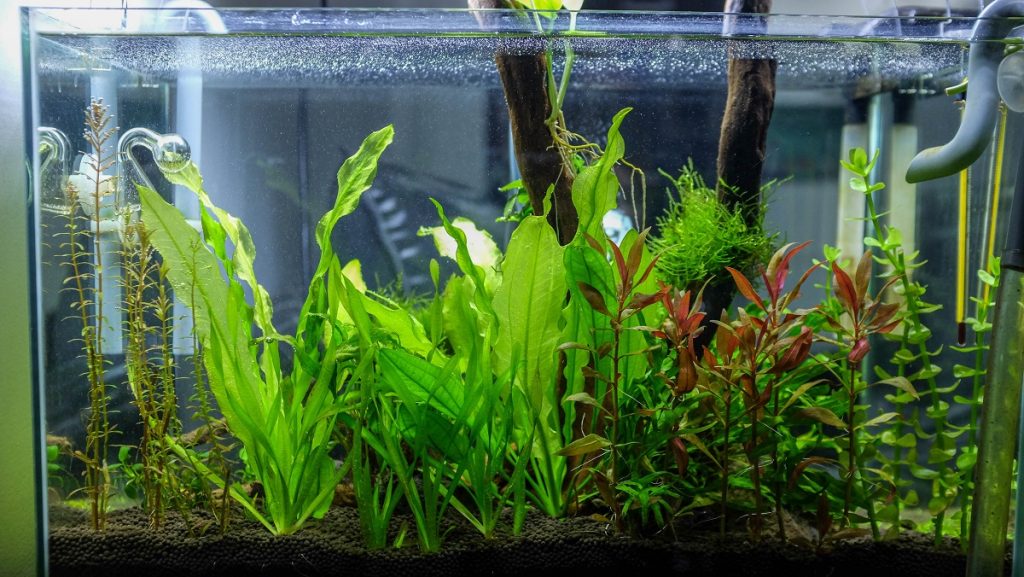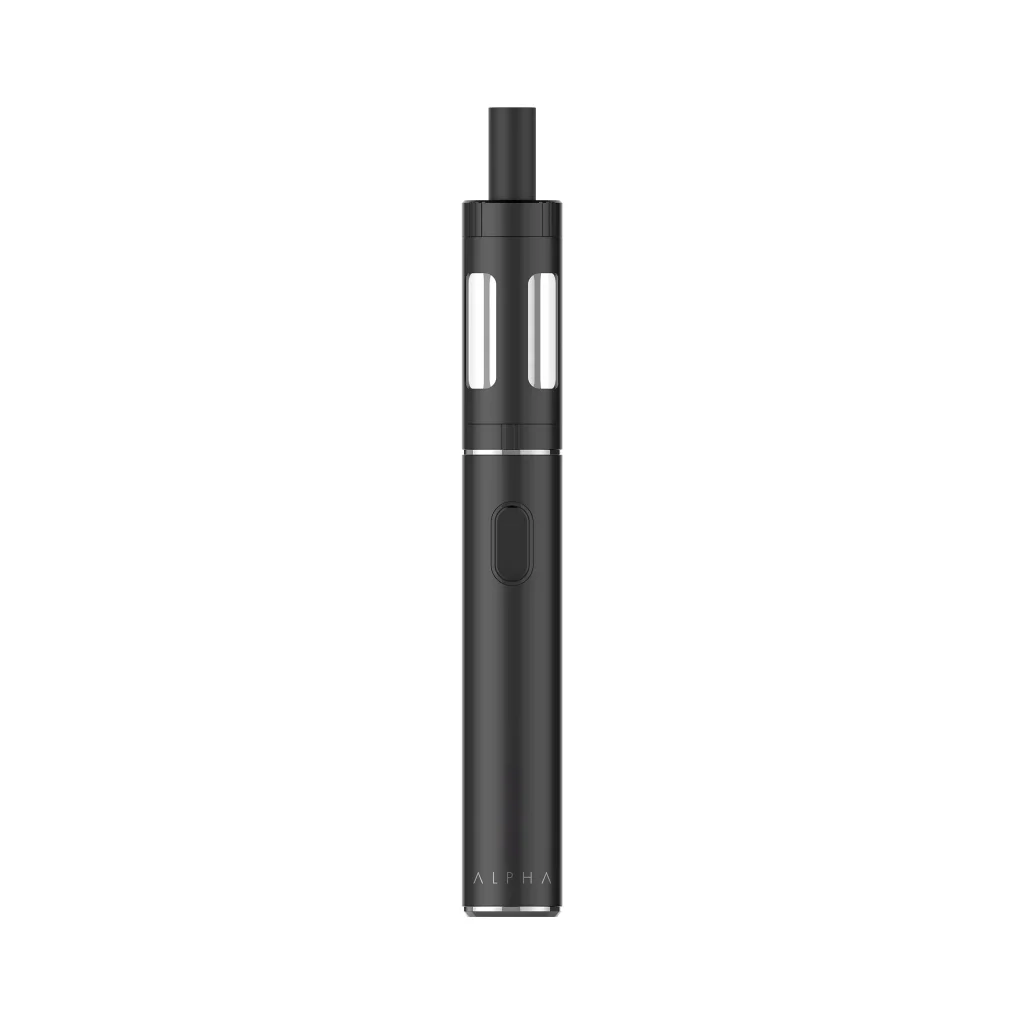TikTok has rapidly emerged as a dominant platform for social media engagement, characterized by its short-form, creative videos. For those aiming to grow their TikTok following, understanding what strategies work and which do not is essential for effective content creation and audience engagement.
What Works
Consistency and Frequency: Regular posting is crucial for maintaining and growing a follower base on TikTok. Creators who post consistently, ideally daily, keep their audience engaged and increase their chances of being featured on the For You Page FYP, TikTok’s primary discovery tool. Consistent posting helps the algorithm recognize a creator’s content and serves it to a wider audience.
Trendy Content: Leveraging trends is one of the most effective ways to boost visibility. Participating in viral challenges, using popular sounds, and engaging with current memes can significantly enhance a video’s reach. TikTok’s algorithm favors content that aligns with current trends, making it more likely to appear on the FYP.
Quality and Creativity: High-quality videos with good lighting, clear audio, and creative editing tends to perform better. Creative content that stands out due to its originality or unique perspective captures viewers’ attention and encourages sharing and commenting, which in turn boosts visibility.
Engagement with Followers: Responding to comments, engaging in live sessions, and creating content based on followers’ suggestions can foster a sense of community in best app to buy tiktok followers. This interaction not only retains existing followers but also attracts new ones through positive word-of-mouth and algorithmic boosts from increased engagement rates.
Collaboration and Cross-Promotion: Collaborating with other TikTokers can introduce content to a broader audience. Additionally, cross-promoting TikTok content on other social media platforms such as Instagram, YouTube, and Twitter can drive traffic to a TikTok account, attracting new followers who are already interested in the creator’s content.
What Does not Work
Inconsistency: Irregular posting can lead to decreased visibility and engagement. TikTok’s algorithm tends to favor active accounts, and long gaps between posts can result in a drop in follower interest and engagement.
Ignoring Trends: Failing to participate in trends or using outdated sounds and memes can make content less appealing. Trends drive a significant portion of TikTok’s content discovery, and ignoring them can result in missed opportunities for increased visibility.
Low-Quality Content: Poor video and audio quality can deter viewers. On a platform where content consumption is rapid, anything that requires extra effort to watch or listen to will likely be skipped. Investing time in good production values is essential.
Lack of Engagement: Not interacting with followers can create a disconnect. TikTok thrives on community and interaction, and creators who ignore comments, messages, or opportunities for live engagement may find it harder to build a loyal follower base.
Over-Promotion: Excessive self-promotion or overly commercial content can alienate followers. While some promotional content is necessary, it is important to strike a balance. Viewers generally come to TikTok for entertainment and creativity, not advertisements.
In conclusion, growing a TikTok following requires a strategic approach that balances consistency, trend participation, quality content, and active engagement. By avoiding common pitfalls like inconsistency and poor engagement, creators can cultivate a robust and loyal following on this dynamic platform.





